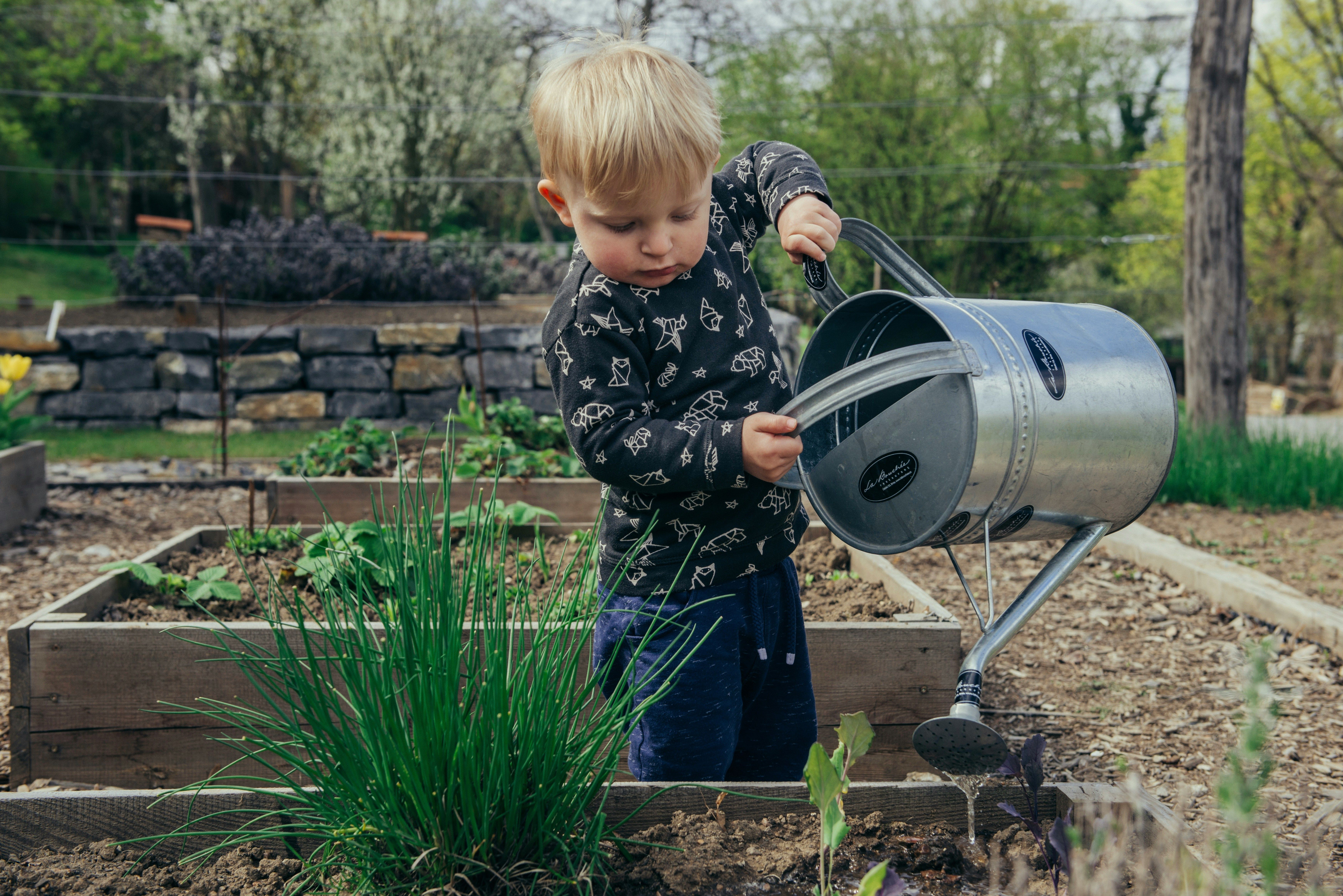
Plant Ranking: A GreenThumb Game-Changer for Your Garden
Plant Ranking: A GreenThumb Game-Changer for Your Garden
When it comes to gardening, selecting the right plants for your environment is crucial. That’s where The GreenThumb’s Plant Ranking feature comes in. This innovative tool transforms the way gardeners plan and grow their spaces, ensuring every plant is not just surviving but thriving. By considering both environmental conditions and the unique relationships between plants, The GreenThumb promotes harmony and productivity in your garden.
How Does the Plant Ranking Feature Work?
The Plant Ranking feature of The GreenThumb uses a data-driven approach to assess each plant’s likelihood of success in your garden. Here’s what it takes into account:
- Current Environmental Conditions: Factors such as soil type, sunlight exposure, temperature, and moisture levels are analyzed to determine which plants are best suited to the garden’s setting.
- Symbiotic Relationships: Plants don’t grow in isolation. Some plants naturally support others, improving nutrient availability, deterring pests, or enhancing growth. GreenThumb identifies these beneficial relationships to recommend companion plants.
- Seasonal Adjustments: The tool is dynamic, meaning it adjusts recommendations as seasons change, helping you adapt your garden throughout the year.
This ranking system allows you to make informed choices, increasing the chances of your garden becoming a lush and productive ecosystem.
The Concept of Food Forests
One of the most exciting outcomes of the Plant Ranking feature is its support for food forests—gardens designed to mimic natural ecosystems. In a food forest:
- Trees, shrubs, ground covers, and vines are selected to grow together harmoniously.
- Plants provide for one another, creating a self-sustaining environment.
- Gardeners can grow a mix of edible plants, enhancing biodiversity and productivity.
The GreenThumb encourages this holistic approach, making it easy for gardeners of any experience level to contribute to a healthier environment while growing their own food.
Why Is Plant Compatibility Important?
Plant compatibility goes beyond aesthetics. When plants are compatible:
- Growth Rates Improve: Plants that complement each other require fewer resources and grow more robustly.
- Natural Pest Control: Companion planting can reduce the need for chemical pesticides by deterring pests naturally.